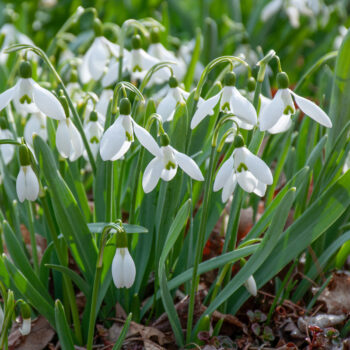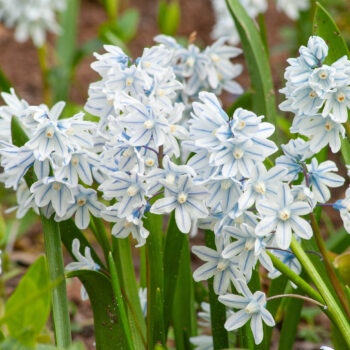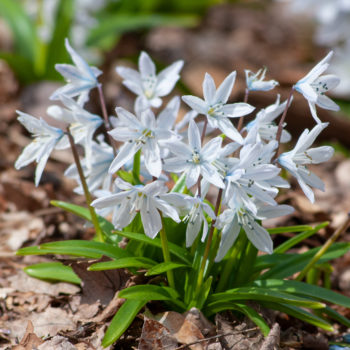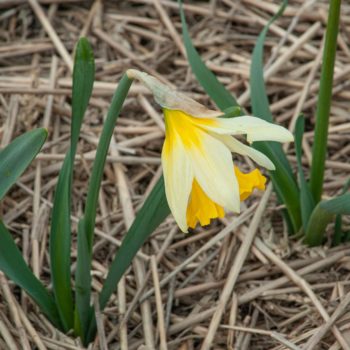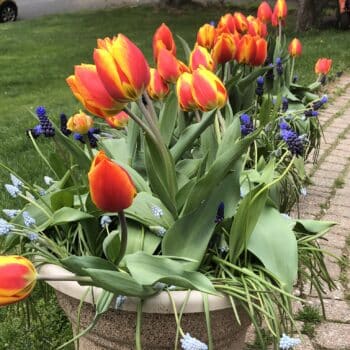Snowdrops
Galanthus elwesii
Specifications
Snowdrops are the earliest of all bulbs. They open their white, winged flowers before anyone dares whisper “spring.” For best results, plant in soil that is not too dry and beneath trees that lose their leaves.
Deer and Rodent Proof
| Item # | 6020 |
| Height | 5—7 inches |
| Sunlight | Part (3-4 hours sun per day) |
| Soil | Evenly moist |
| Flower Color | White |
| Bulb Size |
7cm+ ?
Bulb size is determined by the circumference around the largest part of the bulb. Colorblends only delivers top size bulbs. Large bulbs produce more or larger flowers than small bulbs.
|
| USDA Zones |
3a—7b ?
Hardy in USDA zones 3a to 7b in the South or 9b on the West Coast.
|
| Bloom Time | Very Early |
- early
- mid
- late
Delivery & Planting Times
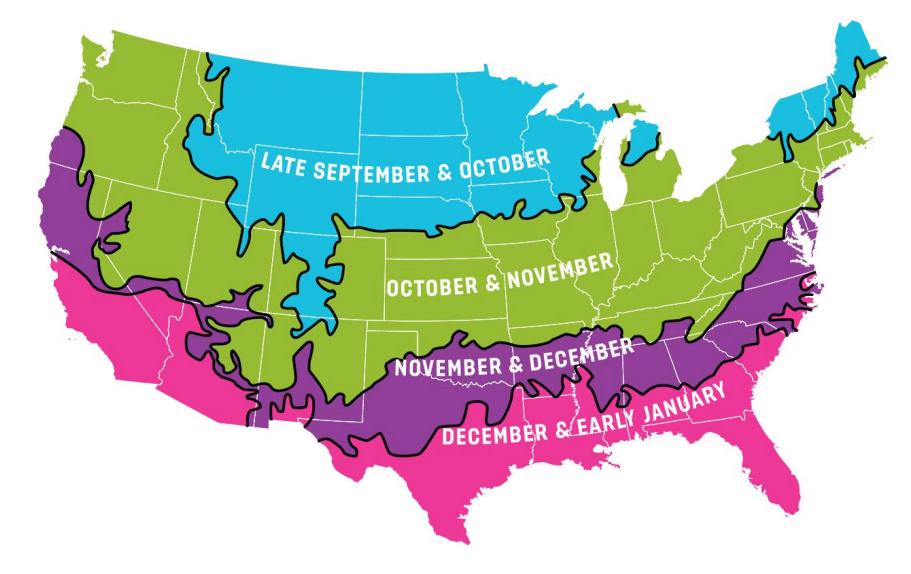
Spring-flowering bulbs must be planted in the fall. They need cool soil to make roots before the onset of winter. Cool fall weather arrives at different times from north to south and from high elevations to low.
Please note that the temperature of the soil lags behind the air temperature. You can generally plant later than the windows provided in this map. As long as the ground is not frozen, you can still plant.
Snowdrops
Galanthus elwesii
Snowdrops are the earliest of all bulbs. They open their white, winged flowers before anyone dares whisper “spring.” For best results, plant in soil that is not too dry and beneath trees that lose their leaves.
Deer and Rodent Proof
| Item # | 6020 |
| Height | 5—7 inches |
| Sunlight | Part (3-4 hours sun per day) |
| Soil | Evenly moist |
| Flower Color | White |
| Bulb Size |
7cm+ ?
Bulb size is determined by the circumference around the largest part of the bulb. Colorblends only delivers top size bulbs. Large bulbs produce more or larger flowers than small bulbs.
|
| USDA Zones |
3a—7b ?
Hardy in USDA zones 3a to 7b in the South or 9b on the West Coast.
|
| Bloom Time | Very Early |
- early
- mid
- late
Bulb Calculator
To find the number of bulbs you need, enter the square footage of the planting area in the box below.
Area
In Sq. Ft.
Density
Bulbs/
sq. ft.
Bulbs Needed
When to Plant

Spring-flowering bulbs must be planted in the fall. They need cool soil to make roots before the onset of winter. Cool fall weather arrives at different times from north to south and from high elevations to low.
Please note that the temperature of the soil lags behind the air temperature. You can generally plant later than the windows provided in this map. As long as the ground is not frozen, you can still plant.
Planting Instructions
Plant in partial shade (will tolerate full sun in northern regions) and loose, rich, evenly moist soil. Established bulbs may produce leaves in late fall or early winter but generally wait to flower until the first hint of warmth in early spring. If you want to relocate Snowdrops or divide a clump, the best time to do it is just after bloom, while the leaves are still green.
Note: Snowdrops suffer from prolonged periods of dry storage; we urge you to get them into the ground as soon as you receive them.
| Depth of Planting Hole | 3 inches |
| Spacing | 3 inches apart |
Planting Instructions
Plant in partial shade (will tolerate full sun in northern regions) and loose, rich, evenly moist soil. Established bulbs may produce leaves in late fall or early winter but generally wait to flower until the first hint of warmth in early spring. If you want to relocate Snowdrops or divide a clump, the best time to do it is just after bloom, while the leaves are still green.
Note: Snowdrops suffer from prolonged periods of dry storage; we urge you to get them into the ground as soon as you receive them.
| Depth of Planting Hole | 3 inches |
| Spacing | 3 inches apart |

